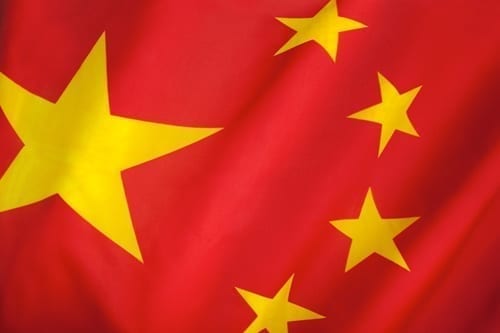Food manufacturers in Australia have a huge market to exploit domestically, but the the international market provides near limitless opportunities for growth. A popular destination for Australian food these days is China – we’re their sixth largest food supplier according the Australian Trade and Investment Commission (Austrade), shipping $5.3 billion worth of edible goods to their shores in 2016.
Here’s what you need to now to start exporting food to China.
What makes China a good option for food exporters?
China is one of the fastest growing economies in the world. A burgeoning middle class means there are always new people who’re ready to try interesting food products from around the world. The country is second in the world behind the United States for total food imports, Austrade reports, with the total value exceeding $160 billion in 2016.
Already this year we’ve seen reports about Daigou, the Chinese practice of buying products on behalf of someone else, being incredibly popular. ABC News spoke to a Sydney mother that buys groceries to ship to customers in China, who told them, “Australia’s organic food is very famous in China” – it seems there’s far greater demand for Australian food products in China than there is supply.

What do you need to know about exporting food to China
Exporting to China, however lucrative, comes with its own set of challenges:
1. Tariffs
While tariffs still exist to some degree when importing food to China, the free trade agreement signed in 2015, has lowered many of them from their previously high levels. By January 2019, the import duty on most processed food products will be down to zero, spurring their demand even further.
2. Registrations
Australian companies exporting food to China need to register with the General Administration of Quality Supervision Inspection and Quarantine of the People’s Republic of China (AQSIQ), the Government agency in charge of, among other things, the safety of food imports.
3. Labels
Pre-packed food needs to be labelled with Chinese – English can also be used, but the information has to be in Chinese as well.
4. Logistical hurdles
There are a fair number of bureaucratic hoops exporters to China need to jump through in terms of distribution – depending on the product, there are various intermediaries you may need to go through.
To learn about what Advanced Business Manager can do for your food manufacturing business, request a free demo today.







